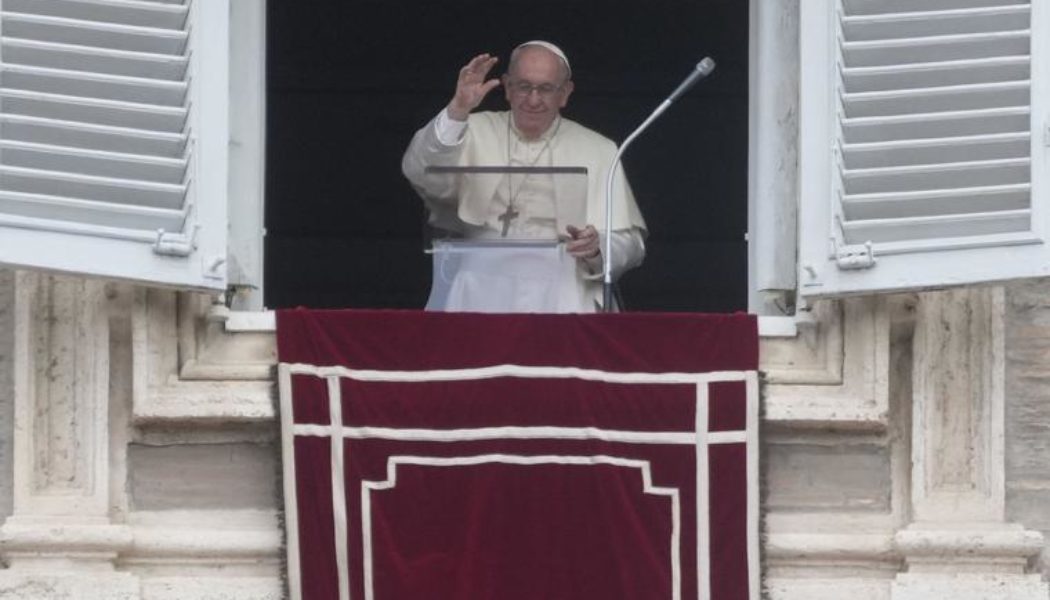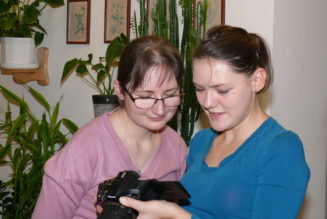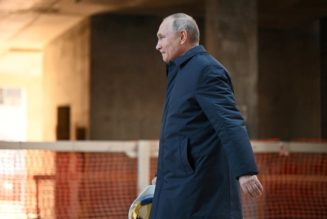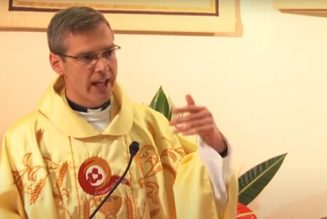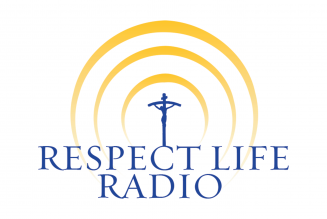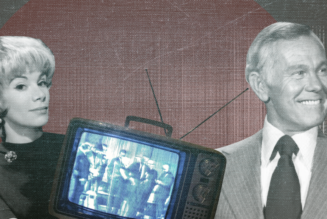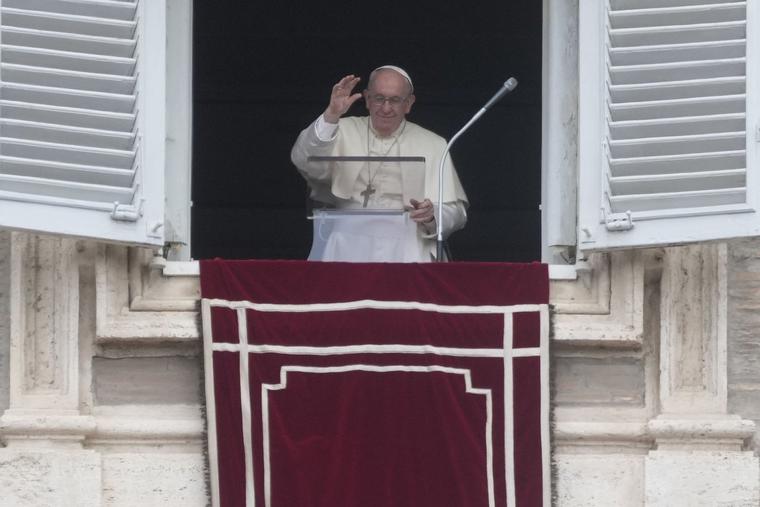
To adequately understand the pontificate of Pope Francis, it is as necessary to pay attention to what is not said and what is not done as it is to what is said and is done. The announcement of a consistory to create 21 new cardinals in August is a case in point. Three cases bear special note.
No Cardinal for Kyiv
Major Archbishop Sviatoslav Shevchuk of Kyiv, head of the Ukrainian Greek Catholic Church, will be passed over for the eighth consecutive time by Pope Francis. Given the war raging in Ukraine, Patriarch Sviatoslav would certainly have been proposed to the Holy Father as an opportunity to show solidarity with Ukraine.
Why Archbishop Shevchuk has not been named a cardinal is something of a mystery. Head of the largest of the Eastern Catholic Churches, his predecessors were named cardinals by St. Paul VI and St. John Paul II. Six of the smaller eastern Churches have cardinals, including the Syro-Malabar, Syro-Malankara, Maronite, Chaldean, Romanian and Ethiopian Churches.
Pope Francis, in particular, elevates cardinals to show his pastoral concern. For example, he named the archbishop of Agrigento, Sicily, a cardinal to show the priority he places on migrants and refugees.
Archbishop Shevchuk is only 52, but the August 2022 consistory will include the 47-year-old Bishop Giorgio Marengo of Ulaanbaatar, Mongolia, where the Catholic population is so tiny that there is not even a diocese.
Pope Francis has repeatedly refused to elevate Archbishop Shevchuk out of presumed deference to the Russian Orthodox Patriarchate of Moscow, which would prefer that the Ukrainian Catholic Church did not exist. Not creating Archbishop Shevchuk a cardinal not only undermines protestations of Vatican support for Ukrainian Catholics, but also gives the impression that Patriarch Kirill of Moscow holds a kind of veto over internal Catholic life in the so-called “Russian world.”
Given that the Ukrainian Orthodox bishops of the Russian Orthodox Church (Moscow Patriarchate) declared their independence from the Moscow last Friday, the snubbing of Archbishop Shevchuk makes it appear that the Holy Father is more deferential to Patriarch Kirill in Moscow — whom he called “Putin’s altar boy” earlier this month — than Kirill’s fellow bishops.
In 1994, St. John Paul II, desiring to show solidarity with the war-ravaged city of Sarajevo, named then 49-year-old Archbishop Vinko Puljić a cardinal, despite his young age. Kyiv has a millennium-old Christian tradition that Patriarch Sviatoslav is defending against a blasphemous military attack from Moscow. He is already living out with courage the symbolic cardinalatial red, offering his life for the Church. That it is not recognized in Rome is a bitter disappointment to many Ukrainian Catholics in their hour of desperate need.
A SoCal Cardinal
Since Cardinal Roger Mahony of Los Angeles turned 80 in 2016, southern California, home to the largest Latino Catholic population in the country, has not had a cardinal elector.
Archbishop Jose Gomez of Los Angeles, elected president of the USCCB by his brother bishops, is the living embodiment of Pope Francis’ priority on integrating immigrants. A Mexican immigrant to the United States, Archbishop Gomez has been among the most energetic senior prelates in advocating for immigrants.
Pope Francis, however, chose another SoCal shepherd for the college of cardinals, Bishop Robert McElroy of San Diego, characterized by veteran Vatican correspondent John Allen as “one of the staunchest liberals in the U.S. bishops’ conference.”
Passing over Archbishop Gomez — head of the largest archdiocese in the United States — for one of his suffragan bishops is an exquisitely calibrated message. That Bishop McElroy has publicly clashed with Archbishop Gomez over pro-abortion Catholic politicians is not irrelevant to his selection. Archbishop Gomez, a gracious and dignified man, will conduct himself with customary reserve in the face of what many of his brother bishops — off the record — regard as shabby treatment.
A Consolation Prize Cardinal
One new cardinal on the list is notable from where he doesn’t come from. Bishop Peter Ebere Okpaleke is from the newly-created Diocese of Ekwulobia in Nigeria.
Therein lies a tale. Pope Benedict XVI appointed Okpaleke as bishop of Ahiara in 2012. Many priests and people violently objected on the grounds that Bishop Okpaleke was not of their own ethnic group. Bishop Okpaleke had to be ordained a bishop outside of Ahiara and was not able to take effective possession of the diocese.
After years of fruitless attempts to resolve the situation, Pope Francis lowered the boom on the priests of Ahiara in 2017. They had 30 days to retract their opposition and personally write to the Holy Father, pledging their obedience. It was a direct invocation of papal authority to resolve the situation.
It failed. The Vatican conceded defeat in 2018, accepting with no little embarrassment Bishop Okpaleke’s resignation from Ahiara. The rejected bishop was then left to languish for two years without a diocese. Finally, a solution was found when a new diocese was created in Nigeria in 2020; Okpaleke was named its first bishop. Given that the diocese had no prior existence, he would face no opposition.
Bishop Okpaleke’s elevation to cardinal is an ex-post attempt to salvage something from the sorry situation. The papal honor is a consolation prize for what papal authority was unable to accomplish.
Cardinals Around the Globe
Other appointments are noteworthy, too.
Archbishop Leonardo Ulrich Steiner of Manaus, Brazil, was a key figure the Synod on the Amazon, where his archdiocese lies. Like so many key figures in that synod, he is a German-heritage Latin American who was keen to advance, with considerable German support, a married priesthood and a female diaconate. Pope Francis refused both of those proposals from the synod, a bitter disappointment to the German-Amazon alliance. The red hat floating up the Amazon can be considered another consolation prize.
There are two Indian cardinals in the new “batch” — as they say in India — reflecting the growing importance of the Church in India, which has many more Catholics than many European countries.
Archbishop Anthony Poola of Hyderabad is the first Dalit — member of the “untouchable” caste — to be made a cardinal, underscoring that the liberating message of the Gospel is very attractive to India’s lower castes, something feared by the Hindu nationalist governing power.
The other new Indian cardinal has perhaps the loveliest combination of name and title anywhere in the Church: Filipe Neri Antonio Sebastiao di Rosario Ferrão of Goa and Daman, Primate of the East, Patriarch of the East Indies. The archbishop-patriarch, a gentle and kind shepherd, is currently president of the Latin-rite bishops of India, and is being elevated in a significant year, with 2022 marking the 400th anniversary of the canonization of St. Francis Xavier, the missionary to Goa, and St. Philip Neri, after whom the new cardinal is named.
Join Our Telegram Group : Salvation & Prosperity
